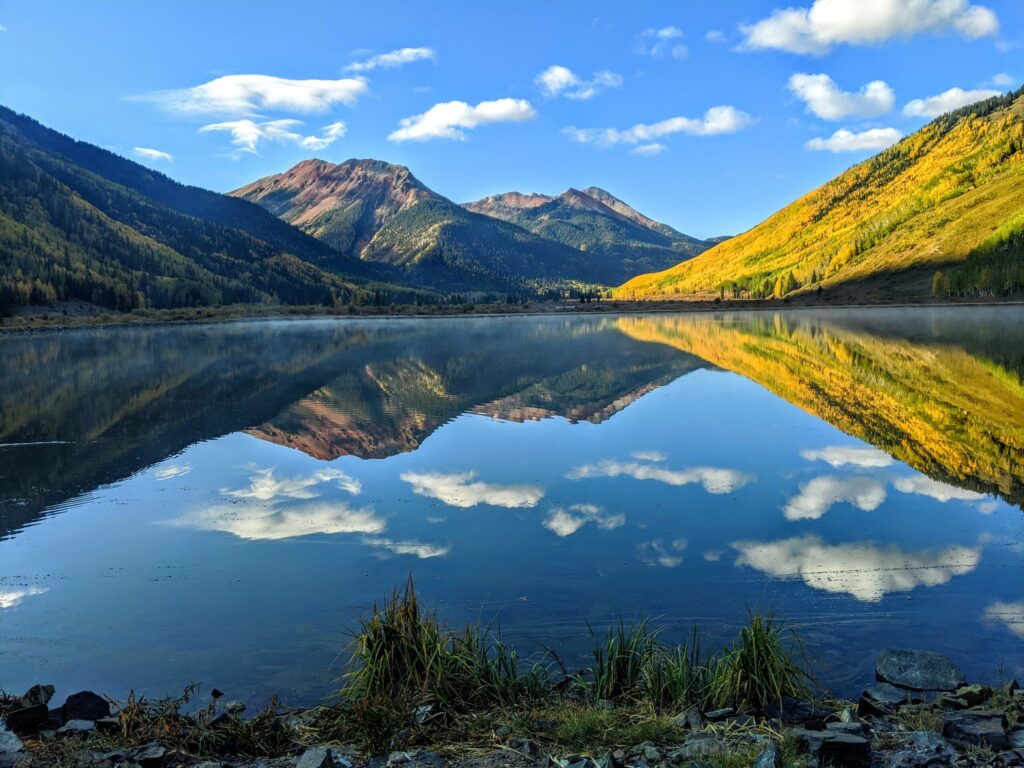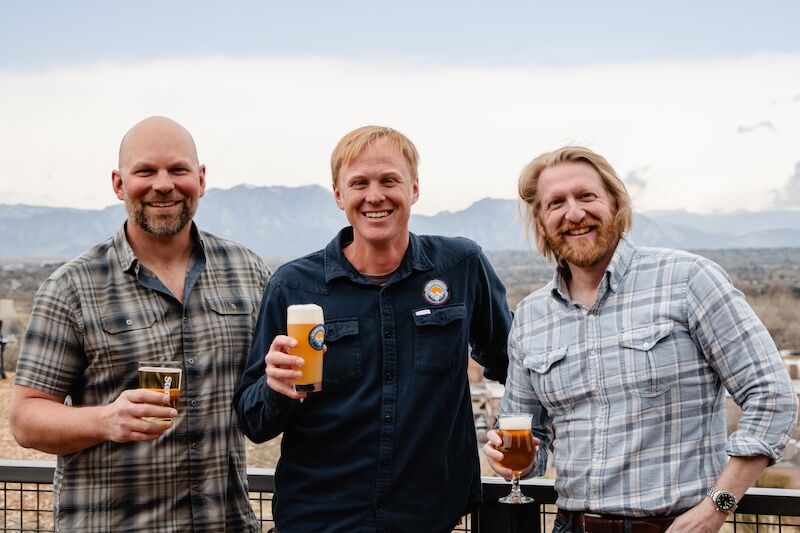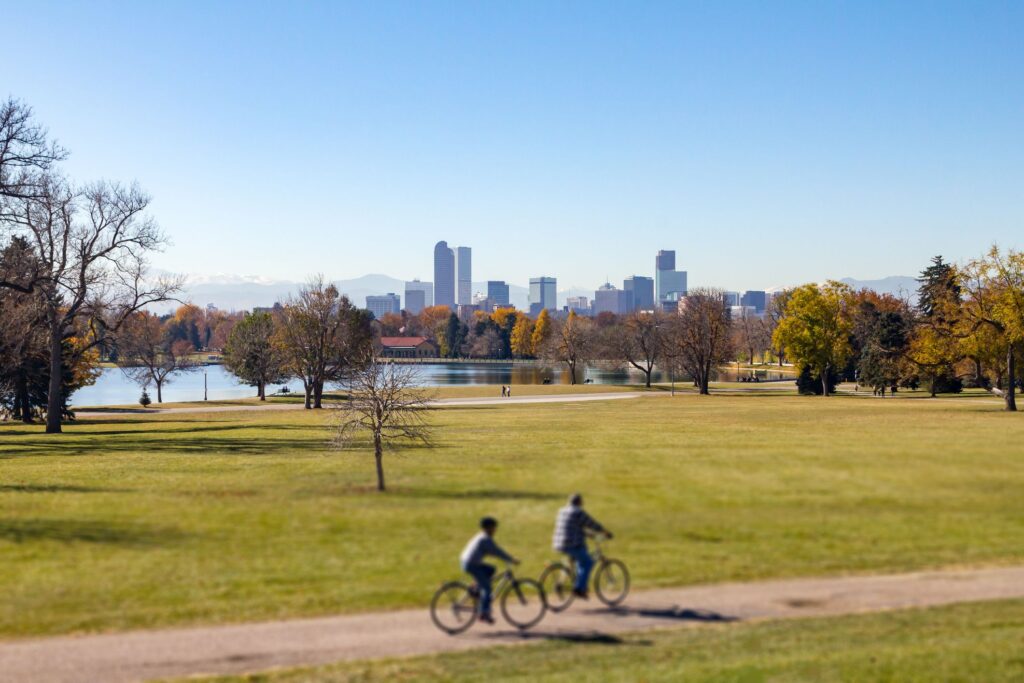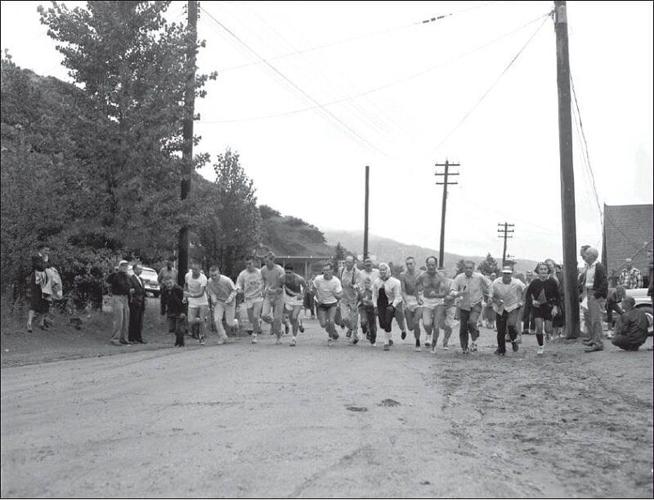Colorado’s silverspot butterfly classified as ‘threatened’ under Endangered Species Act
In the meadows of southern Colorado, a new life begins.
Under the leaf of a bog violet, near shallow groundwater, a butterfly flutters her brown wings and lays her eggs. The underside of her wings are lined with silvery-white spots, an ode to the species’ name.
After about two weeks, the cooling October air welcomes the new hatchlings. For now, it is time for them to rest for winter.
The silverspot butterfly, native to southwest Colorado, has been listed as threatened under the Endangered Species Act. With its new classification, Colorado scientists are hoping to protect the creature’s habitats — and ultimately preserve the species as a whole.
“It is quite rare for invertebrates to be listed, even though they make up the majority of known animal life on Earth,” said entomologist Shiran Hershcovich, the lepidopterist manager at the Butterfly Pavilion in Westminster.
“They have not been traditionally given as much research efforts or research funding, so this is a monumental decision that gives a little more visibility to these butterflies.”
The threatened status, Hershcovich said, is a way to say that while the butterfly is not in immediate danger of extinction or full loss, things are not looking great for it. From the impact of climate change to development and improper livestock grazing, here’s what to know about the silverspot butterfly.
The rundown
This particular butterfly occurs within southwestern Colorado, eastern Utah and northern New Mexico.
While the silverspot likely has been in gradual decline over the past century — as more people began to settle out west — scientist didn’t raise concern until the late 1980s, said Terry Ireland, a biologist for U.S. Fish and Wildlife Service who led the species assessment for the silverspot.
The butterfly was on the candidate species list in 1994, but within a few years it was removed because more information was needed.
“At the time, we didn’t have a whole lot of information on the silverspot,” said Ireland, who’s based in Grand Junction. “We decided we just didn’t have enough information, and so it was dropped off the candidate list.”
Then, in 2016, U.S. Fish and Wildlife released a 90-day finding as a result of a 2013 petition by the nonprofit environmental group WildEarth Guardians. That finding gave the thumbs-up for the species assessment, which led to the recent “threatened” classification.
But, what has led to this decline? Ireland points to several factors, including human influence — drought, development and improper livestock grazing — with impacts compounded by climate change.
“They are right now experiencing a cocktail of conditions that creates quite a dangerous environment for them,” Hershcovich said.
“So not just habitat degradation and habitat loss, but also a changing climate with more and more extreme weather events, and all of these pressures combined create population declines that have resulted in the threat status for the silverspot.”
The butterfly needs water, thriving in meadows with shallow groundwater or streams, a resource that is often strained with human development. Ireland points to an example of the loss of a silverspot colony north of Durango “that was most definitely extricated by housing development and a golf course” back in 1987.
“One of these sites was quite large and well-known but unfortunately became extirpated sometime shortly after 1987 when the Dalton golf course and surrounding subdivisions were built,” an assessment reads.
There also are areas where intensive livestock grazing has altered the habitat, especially since the silverspot relies on the bog violet to lay eggs and feed.
“Often they will only lay eggs on one specific plant and if that plant dwindles or is lost due to habitat loss or habitat degradation, then butterfly populations will crash soon after, which is a lot of what we’re seeing with the silverspot,” Hershcovich said.
What’s being done
Now that the butterfly has been listed, the team is starting the recovery planning process. While developing the recovery plan with the Utah and New Mexico offices, Ireland said there’s work that can be done now. For overgrazing, Ireland says working with local land owners to manage livestock can be helpful, as well as providing and protecting water sources and land.
“We don’t want to state that all livestock grazing is incompatible, but certainly, there’s a number of places where we have habitat right up to a fence line, and there’s a pasture that’s been grazed heavily and there’s not any violets,” Ireland said. “Livestock grazing can be beneficial when done correctly.”
Another threat to the species is genetic isolation, Ireland said, so scientist might try to find suitable areas for reintroduction of the species. Transplanting bog violets can also help give the butterflies habitat.
“Planting things like butterfly host plants, which help perpetuate butterfly life cycles — butterflies are really carefully tied to their surroundings,” Hershcovich said.
“So by restoring open spaces, it’s one way to ensure healthy homes for the silverspot butterfly and other native pollinators in Colorado.”
The big picture
Invertebrates like butterflies make up 97% of the species on Earth, said Richard Reading, vice president of science and conservation at the Butterfly Pavilion. But their populations are dwindling.
“The task before us is great. We’re losing insects and other invertebrates at an alarming rate, and it’s led to this biodiversity crisis that we’re in,” he said. “If we don’t do something about it soon, we’re going to face some dire consequences because, of course, invertebrates are the little things that run the world.”
Those little creature create our soils, filter our water, help produce the food we eat — and butterflies, as pollinators, are responsible for propagating plants that we rely on for food, and even the very oxygen that we breathe.
“They are kind of the base layer in the house of cards that is planet Earth. So they are quite important for the survival of life as we know it,” Hershcovich said.
The Butterfly Pavilion recently partnered with Colorado State University to research and combat rapidly declining invertebrate populations.
The Butterfly Pavilion also operates the Colorado Butterfly Monitoring Network to watch how butterfly populations and communities have changed year after year. Hershcovich also encourages people to get involved in conservation with urban prairie projects and even planting pollinator-friendly plants in your backyard.
“We can all build communities that are friendly to us people and also pollinators — we can coexist,” Hershcovich said. “Invertebrates do such important work for us, the least we can do is give some of that back and make sure that we’re living in symbiosis, which is absolutely possible, what we should strive for.”
And as spring arrives, the larvae will wake, feeding and sheltering on the violet until about mid-July.
After forming a chrysalis, the larvae grow and in about 17 days, emerge as butterflies.
Their vibrant orange and brown wings, stretched 3 inches across, learn how to lift their bodies through the air.

















